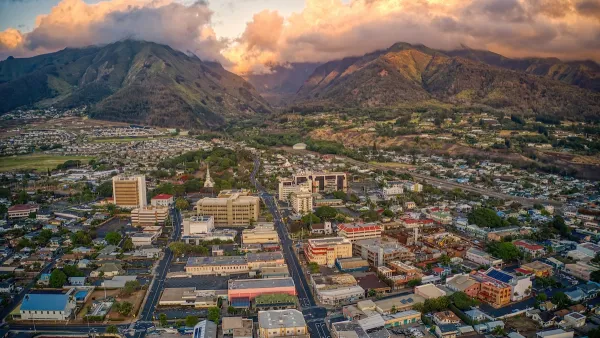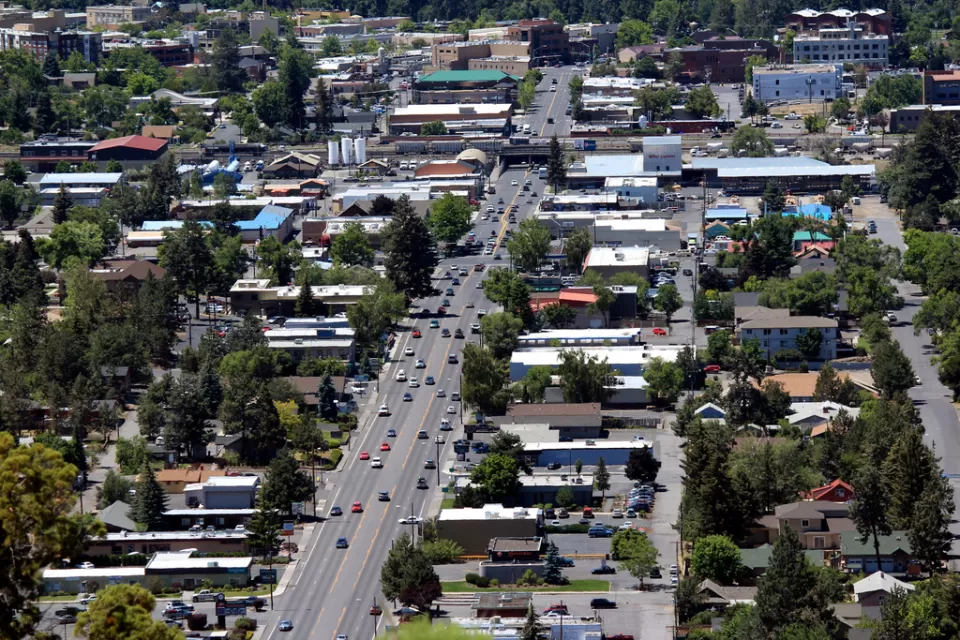The U.S. automotive industry is one of the nation's oldest modern manufacturing sectors. Despite increasingly making its home in the south, 47% of the nation's motor vehicle employment still resides in three states: Michigan, Indiana and Ohio.
The U.S. automotive industry is one of the nation's oldest modern manufacturing sectors, and, similar to many other older populations, is increasingly making its home in the South. Despite this fact, the sector remains heavily centered in the Midwest, according to a new article from the Federal Reserve Bank of Chicago. The Geographic Evolution of the U.S. Auto Industry reveals 47 percent of the nation's motor vehicle employment still resides in three states: Michigan, Indiana and Ohio.
The last 25 years have not been easy for the Midwest and Northeast regions, however, as the automotive sector - including assembly plants and suppliers; domestic and foreign automakers; cars; light trucks; and SUVs - continues to restructure to reflect changes in production, cost structure, consumer tastes, and demographics. Michigan, for example, still holds 35 percent of the nation's manufacturing employment in the auto sector, even after losing one-third of the auto-related jobs that were located within the state in 1979. The industry virtually disappeared from New England, while Kentucky, Tennessee, Alabama, and the Carolinas saw employment in the automotive sector triple over the same quarter century.
The Fed article, written by Thomas Klier and Daniel McMillen, includes several maps that provide graphic demonstration and county-level documentation of the shift in assembly line and supplier plant employment over the past 25 years. Figure 4, which includes county-level assembly line density by ownership as of 2003, demonstrates the southern shift in new plant development resulting from the location choices of foreign auto manufacturers since 1979. Detroit remains the overall center of the auto industry based on size and concentration of employment, R&D and power. It also more or less represents the geographic center of the domestic industry, with assembly plants radiating from it in directions east, south and west. For foreign assembly plants, however, Detroit is just one of 10 clusters, which are concentrated along an imaginary north-south axis virtually centered near Nashville.
Presenting supplier plant density in 1980 and 2003, the county-level maps in figures 5-9 provide compelling documentation of both the southern shift of employment and the concentration of activity increasingly into the center of the Eastern U.S. Using a regression analysis, Klier and McMillen found supplier plants followed the movement of assembly plants, located near Interstate highways, sought counties with increased shares of the local workforce being high school graduates and already based in manufacturing. Supplier plants also tend to cluster with other suppliers.
[Many thanks to the State Science and Technology Institute's (http://www.ssti.org/) Weekly Digest for the outstanding article summary.]
Thanks to SSTI Weekly Digest
FULL STORY: The geographic evolution of the U.S. auto industry

Maui's Vacation Rental Debate Turns Ugly
Verbal attacks, misinformation campaigns and fistfights plague a high-stakes debate to convert thousands of vacation rentals into long-term housing.

Planetizen Federal Action Tracker
A weekly monitor of how Trump’s orders and actions are impacting planners and planning in America.

Chicago’s Ghost Rails
Just beneath the surface of the modern city lie the remnants of its expansive early 20th-century streetcar system.

Bend, Oregon Zoning Reforms Prioritize Small-Scale Housing
The city altered its zoning code to allow multi-family housing and eliminated parking mandates citywide.

Amtrak Cutting Jobs, Funding to High-Speed Rail
The agency plans to cut 10 percent of its workforce and has confirmed it will not fund new high-speed rail projects.

LA Denies Basic Services to Unhoused Residents
The city has repeatedly failed to respond to requests for trash pickup at encampment sites, and eliminated a program that provided mobile showers and toilets.
Urban Design for Planners 1: Software Tools
This six-course series explores essential urban design concepts using open source software and equips planners with the tools they need to participate fully in the urban design process.
Planning for Universal Design
Learn the tools for implementing Universal Design in planning regulations.
planning NEXT
Appalachian Highlands Housing Partners
Mpact (founded as Rail~Volution)
City of Camden Redevelopment Agency
City of Astoria
City of Portland
City of Laramie


























